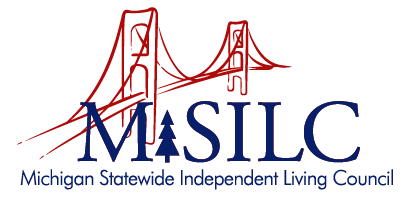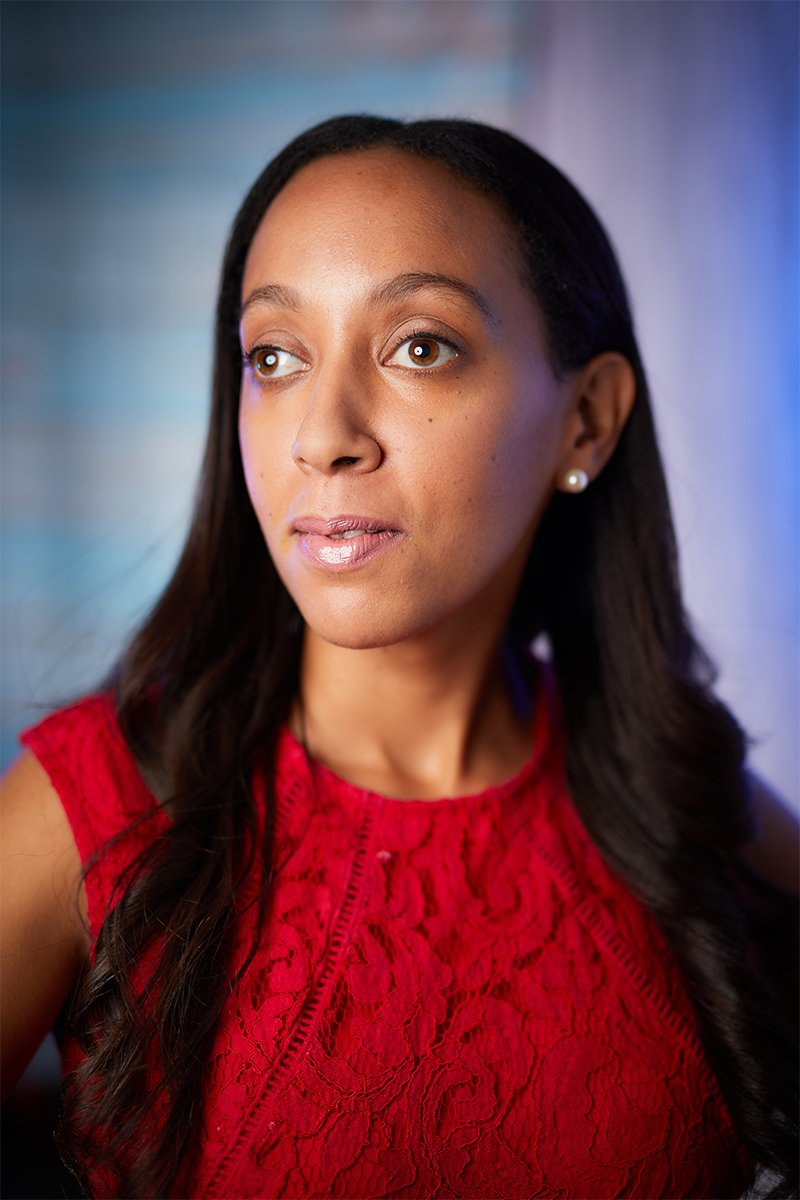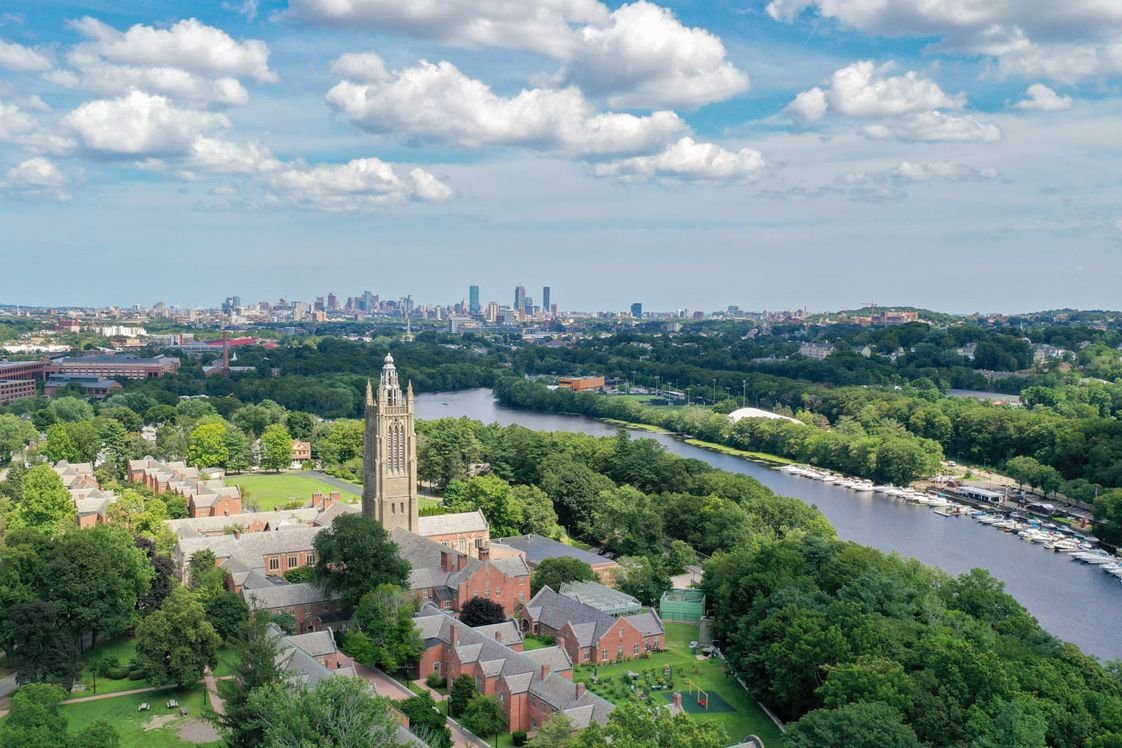June is Deaf-Blindness Awareness Month! Deaf-Blindness is a “low-incidence” disability, which means that a small percentage of our population experiences it. As a result, it’s even more important that allies and advocates of the disability community understand how to make our communities and society more accessible to Deaf-Blind people. Learning about Deaf-Blind people throughout history, their activism, and key facts and resources pertaining to this disability will help to ensure that our collective actions toward inclusion also benefit people who are Deaf-Blind.
When you think of the Deaf-Blind community, Helen Keller is probably the first who comes to mind. She was a crucial advocate for Deaf-Blind people and those with just deafness or blindness across the world, and an important example of how access changes lives. Helen Keller became Deaf-Blind after a serious illness in her second year of life. Anne Sullivan was a teacher with visual impairments and graduate of Perkins’ School for the Blind who was Keller’s teacher and companion. With Sullivan’s help, a young Keller learned to write and speak and eventually attended Perkins herself. Keller later became a prolific writer and activist, traveling around the world to raise awareness and support for Blind and Deaf-Blind people.
Helen Keller passed away in 1968, and many other Deaf-Blind pioneers have emerged to carry the torch throughout recent history. Late teacher and author Robert Smithdas co-founded the Helen Keller National Center for Deaf-Blind Youths and Adults in addition to being a passionate educator and the first Deaf-Blind person to earn a Master’s degree. Attorney and author Haben Girma is the first Deaf-Blind person to graduate from Harvard Law School and is using her skills as a legal advocate for people with disabilities. Alex Garcia is a Deaf-Blind educator and activist who is working toward access and inclusion for Deaf-Blind people in Brazil, especially through the organization he founded, the Gaucha Association of Parents and Friends of Deaf-Blind people and people with Multiple Disabilities (AGAPASM).
Like many other disabilities, Deaf-Blindness exists on a spectrum, with some people having just partial vision and/or hearing impairment, and others experiencing total blindness, deafness, or both. Some of the most common causes of Deaf-Blindness are Usher Syndrome, a genetic condition that causes vision and hearing loss that is often progressive, CHARGE Syndrome, a disorder that affects many body systems, and complications of premature birth. Other causes include illness, increasing age, and accidents or injuries. Today, there are approximately 10,000 Deaf-Blind children and youth across the United States, and up to 70,000 adults; globally, it is estimated that more than 15 million people live with some degree of Deaf-Blindness.
Within the United States, several resources exist to support Deaf-Blind people and their families in navigating education, employment, and other aspects of independent living. The Perkins School for the Blind has been a crucial educational resource since 1829, and provides both formal educational programs and outreach and advocacy to help people understand how to promote inclusion of Blind and Deaf-Blind people. The National Federation of the Blind and the National Center on Deaf-Blindness provide resources, training, and outreach to Deaf-Blind people throughout the United States. In Michigan, the Bureau of Services for Blind Persons offers Deaf-Blind services as well, and Central Michigan University provides support and resources for Deaf-Blind people through age 26.
The Deaf-Blind community has worked hard to raise awareness and increase opportunities for Deaf-Blind people in the U.S. and across the world. This month, we recognize the importance of these efforts and strive to ensure that our own disability advocacy makes a positive impact for Deaf-Blind people. For information on Deaf-Blind resources and services in your area, connect with your local Center for Independent Living.






